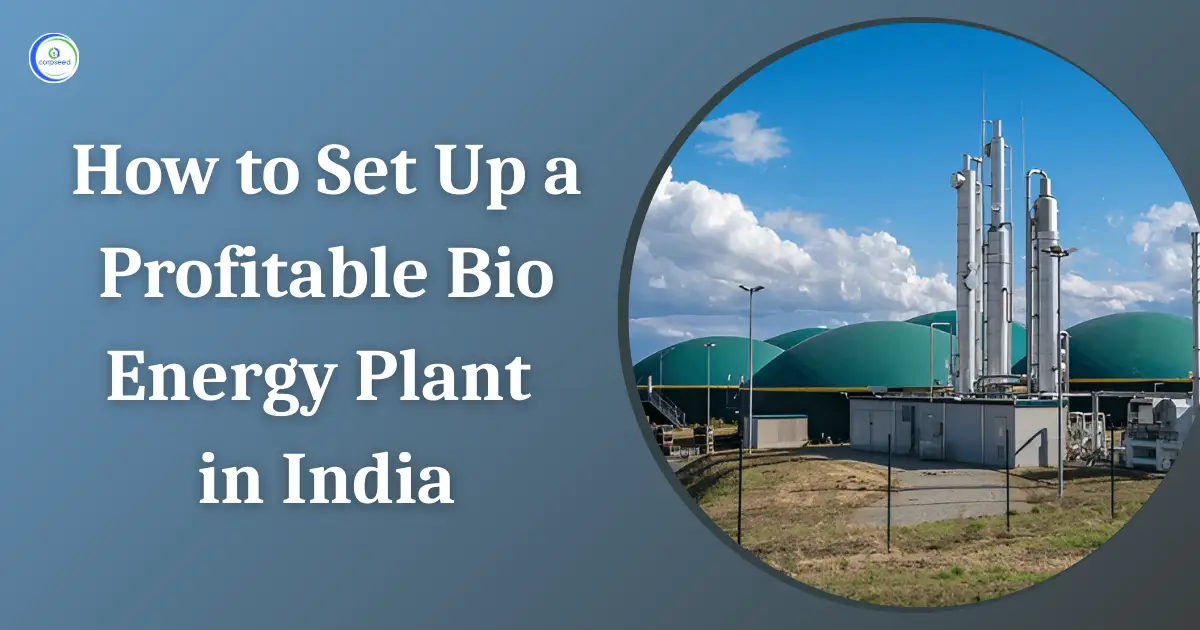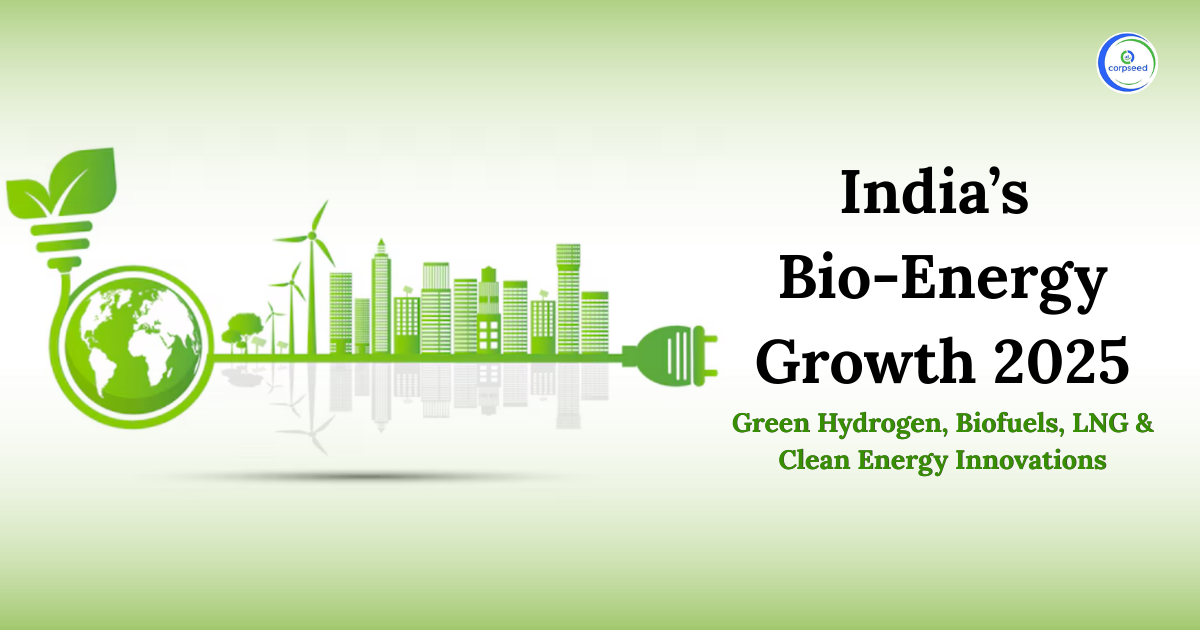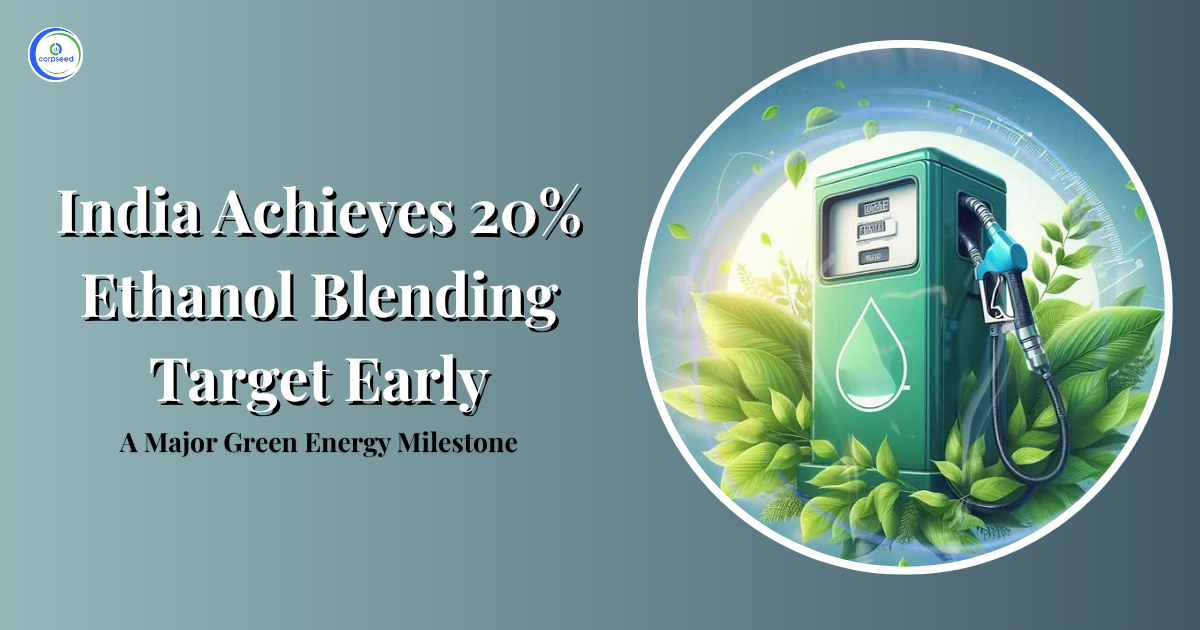Introduction
The creation of biodiesel from leftover cooking oil provides conventional fossil fuels with a viable and greener substitute. Transesterification is a procedure that can turn used cooking oil, which is frequently disposed of as pollution into biodiesel. This process creates glycerol and biodiesel by reacting the oil with an alcohol, typically methanol or ethanol while a catalyst is present. Using waste cooking oil not only reduces pollution in the environment but also solves the growing issue of the depletion of fossil fuel resources.
Table of Contents
--------------Blog Contact Form-------------
The circular economy is aided by the conversion of waste cooking oil into biodiesel, which turns waste into a useful energy source. Compared to traditional diesel, biodiesel exhibits significant reductions in carbon emissions, Sulphur content, and particulate matter, making it a cleaner-burning and renewable fuel. It's also compatible with current diesel engines, which makes it a seamless and environmentally responsible replacement. The process of turning used cooking oil into biodiesel is a potential strategy that can help reduce waste and create a more sustainable energy environment as the globe works to find sustainable energy alternatives.
Biodiesel Production from Waste Cooking Oil: Advantages
The manufacturing of biodiesel from leftover cooking oil has many benefits, which make it an appealing and sustainable fuel substitute. Firstly, recycling a waste product that would otherwise contribute to pollution by using waste cooking oil as a feedstock for biodiesel helps solve environmental issues. Encouraging a circular economy lessens the harm that improper disposal of spent cooking oil causes to the environment.
Additionally, biodiesel made from leftover cooking oil is a renewable energy source that helps the world's fuel choices become more sustainable and eco-friendly. Transesterification is the name of the industrial process, which is reasonably simple and economical. Triglycerides in the waste oil are converted into glycerol and biodiesel, with the biodiesel acting as a fuel with a cleaner burning quality.
Additionally, biodiesel made from waste cooking oil is compatible with current diesel engines and requires little to no adaptation for use. When compared to conventional diesel, its use results in a considerable reduction in Sulphur content, particulate matter, and greenhouse gas emissions, improving air quality and reducing the effects of climate change.
In conclusion, the production of biodiesel from spent cooking oil has several benefits, including environmental sustainability, support for a circular economy, renewability, affordability, and compatibility with current infrastructure. As such, it presents a viable and environmentally responsible option for those seeking cleaner energy sources.
Disadvantages of Waste Cooking Oil
Cooking oil waste can potentially be turned into biodiesel, but using and discarding it has certain drawbacks as well.
- Contaminants
Cooking oil waste frequently contains pollutants such as food particles, water, and other impurities. These contaminants may make the process of producing biodiesel more difficult, necessitating more pre-treatment procedures and perhaps lowering the end product's quality.
- Limited Feedstock Availability
There is a limited supply of cooking oil that can be used to produce biodiesel, which might not be enough to meet the increasing demand for alternative fuels on a wide scale. This restriction might make other uses more competitive, such as recycling the oil for animal feed or other industrial uses.
- Collection and Storage Challenges
Managing the logistics of gathering and storing used cooking oil from several sources can be difficult. It can be difficult to establish effective collecting systems and guarantee a clean, uncontaminated supply of spent cooking oil, and it may be necessary for several sectors to work together.
- Seasonal Variability
Seasonal variations in dietary habits and food consumption patterns can influence the availability of waste cooking oil. This fluctuation may make it difficult to keep up a steady and dependable supply of feedstock for the production of biodiesel.
- Quality Variability
The qualities of the final fuel product and the efficiency of the biodiesel synthesis process are affected by the large variations in the quality of waste cooking oil. A reliable and superior feedstock is necessary to have the best possible biodiesel performance.
- Regulatory Compliance
Regulations and guidelines govern the gathering, storing, and processing of used cooking oil to produce biodiesel. The method of producing biodiesel may become more complicated and expensive to comply with these rules.
Although waste cooking oil biodiesel has advantages for the environment, managing these drawbacks calls for meticulous planning and cooperation across the whole supply chain to guarantee a long-lasting and efficient conversion process.
Biodiesel Production from Waste Cooking Oil: The Process
Triglycerides found in cooking oil are converted into biodiesel and glycerol by a process called transesterification, which produces biodiesel from waste cooking oil. Generally, the procedure goes like this:
- Collection and Pre-treatment
Cooking oil waste is gathered from multiple sources and goes through a pre-treatment process to eliminate contaminants such as food particles and water. This guarantees that the transesterification process will use a cleaner feedstock.
- Reaction
Cooking oil waste is combined with an alcohol (usually methanol or ethanol) in a reactor with the help of a catalyst. This starts the process of transesterification, which converts the triglycerides into glycerol and biodiesel.
- Separation
After allowing the reaction mixture to settle, two distinct layers separate, with glycerol at the bottom and biodiesel at the top. After that, the glycerol is extracted, and any leftover contaminants are filtered away.
- Washing
Washing is done on the biodiesel to get rid of any remaining catalysts and contaminants. This stage is essential to producing a final product of the highest caliber.
- Drying
To ensure the best possible fuel efficiency and stability, the washed biodiesel is dried to remove any leftover water content.
- Quality Testing
To ensure conformity with industry standards and specifications for biodiesel fuel quality, the final biodiesel product is put through quality testing.
Utilizing leftover cooking oil, this procedure reduces pollution in the environment and produces a cleaner-burning, renewable fuel that can be used in traditional diesel engines, supporting sustainable energy methods.
Conclusion
In conclusion, producing biodiesel from leftover cooking oil is a workable, sustainable option that has significant positive effects on the environment and the economy. Cooking oil waste can be converted through the process of transesterification into a cleaner-burning substitute, providing a sustainable energy source that lessens reliance on fossil fuels. This method contributes to the circular economy and addresses environmental issues associated with inappropriate disposal of used cooking oil.
Compared to conventional diesel, this biodiesel production method has fewer greenhouse gas emissions, Sulphur content, and particle matter. Furthermore, the fact that biodiesel is compatible with diesel engines currently in use makes the switch to a greener fuel easy and doesn't require significant infrastructural changes.
Notwithstanding these benefits, issues including waste oil contaminants, scarce feedstock, and regulatory compliance need to be resolved. For waste cooking oil biodiesel production to scale and be efficient, it is imperative to manage the supply chain strategically and to continuously enhance processing technology.
Essentially, the manufacturing of biodiesel from leftover cooking oil is a promising first step towards a more eco-friendly and sustainable energy future. It shows promise for resolving waste management problems and enhancing the quality and resilience of the energy environment at the same time.
This portion of the site is for informational purposes only. The content is not legal advice. The statements and opinions are the expression of author, not corpseed, and have not been evaluated by corpseed for accuracy, completeness, or changes in the law.
BOOK A FREE CONSULTATION
Get help from an experienced legal adviser. Schedule your consultation at a time that works for you and it's absolutely FREE.





.webp)



